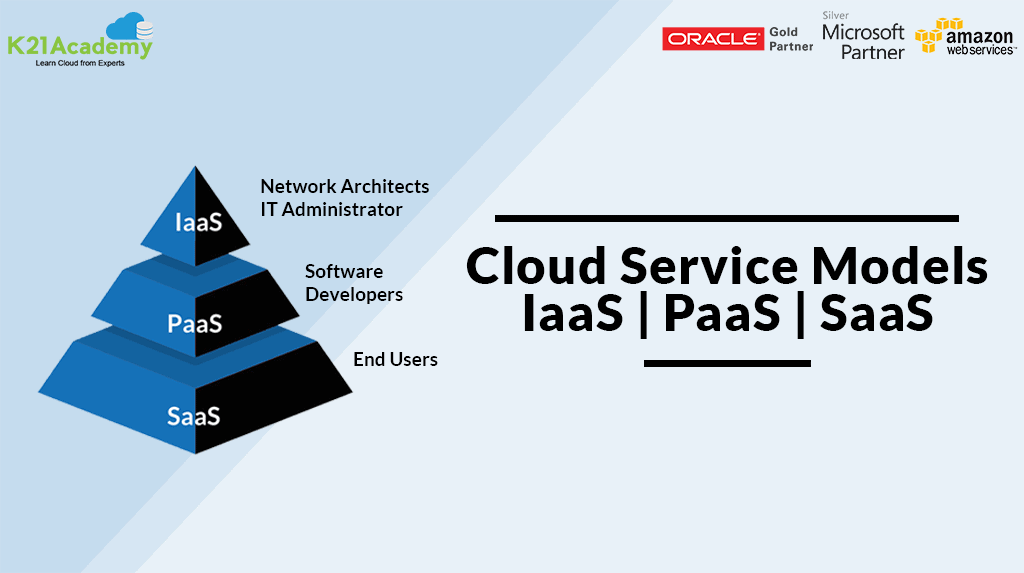LinkDaddy Cloud Services Proficiency: Advanced Strategies for Reliable Cloud Services Press Release
LinkDaddy Cloud Services Proficiency: Advanced Strategies for Reliable Cloud Services Press Release
Blog Article
Simplify Your Facilities With Cloud Solutions
As organizations browse the ever-evolving landscape of innovation and information monitoring, the duty of cloud solutions in simplifying facilities has become significantly noticeable. Just how can businesses efficiently navigate this change and truly unlock the potential of cloud services for simplifying their framework?
Advantages of Cloud Provider
Cloud solutions use a structured method to managing IT infrastructure, offering businesses with flexibility, scalability, and cost-efficiency. Among the crucial benefits of cloud solutions is the scalability they supply. Services can conveniently scale their resources up or down based upon need, ensuring they just pay for what they use. This flexibility is specifically advantageous for services with changing demands or those experiencing development.
Furthermore, cloud services remove the need for businesses to spend in pricey software and hardware. This cost-efficiency is a substantial advantage, particularly for tiny to medium-sized business wanting to minimize ahead of time expenses. By using cloud solutions, businesses can access premium IT resources without the large price connected with typical infrastructure setups.
In addition, cloud solutions supply companies with the adaptability to access their information and applications from anywhere with an internet link. This degree of access improves partnership among groups, makes it possible for remote work, and raises total performance. The adaptability provided by cloud services empowers services to adjust promptly to transforming market problems and consumer needs.
Cost Cost Savings and Scalability
Along with the functional advantages highlighted earlier, the combination of cloud solutions right into a firm's framework brings forth considerable expense savings and improved scalability. Cloud services provide a pay-as-you-go design, enabling companies to scale resources up or down based on current needs, thereby avoiding the prices connected with keeping excess ability. This adaptability enables companies to adjust quickly to varying needs without incurring unnecessary expenses.
Furthermore, cloud solutions get rid of the need for in advance financial investments in hardware and software program, reducing capital investment. Overhead are likewise minimized as firms no more need to take care of and maintain physical web servers, resulting in lower energy intake and IT staffing expenses. In addition, cloud services offer automated updates and upkeep, guaranteeing that the facilities continues to be secure and current without requiring manual interventions.
Boosted Safety Procedures
Carrying out rigid security steps is vital when integrating cloud services into a company's framework to protect sensitive information and make certain compliance with sector laws. Cloud solution carriers use enhanced safety features such as data security, firewall program security, and multi-factor verification to minimize cybersecurity dangers.
Moreover, normal safety audits and conformity evaluations assist make sure and identify susceptabilities adherence to industry requirements. Companies can also take advantage of functions like automatic security updates and real-time threat surveillance supplied by cloud company. By prioritizing safety actions and remaining positive in resolving possible dangers, services can confidently utilize cloud solutions while safeguarding their valuable data from unauthorized access or violations.
Transitioning to Cloud Facilities
To effectively integrate cloud solutions into a firm's facilities, an organized approach that attends to the shift towards cloud-based remedies is essential. Transitioning to cloud facilities entails careful planning and execution to guarantee a smooth migration procedure. The primary step is official source to evaluate the current facilities and determine which applications and systems are appropriate for movement to the cloud. This examination should take into consideration factors such as data level of sensitivity, conformity needs, and performance requirements.
As soon as the analysis is full, a movement technique need to be created. This technique needs to outline the timeline, sources, and duties for moving each part to the cloud. It is important to connect this strategy plainly to all stakeholders to make sure positioning and decrease disruptions throughout the change.
During the movement screening, process and surveillance are important to determine and deal with any concerns without delay. Routine checkpoints should be developed to track progress and make necessary modifications. Additionally, training for workers on utilizing cloud solutions need to be offered to ensure an effective change and make the most of the advantages of the brand-new facilities.
Best Practices for Cloud Adoption
Successful fostering of cloud solutions next page hinges on the tactical placement of organization goals with technological abilities and business preparedness. To make sure a smooth shift to the cloud, companies need to begin by carrying out a comprehensive assessment of their current infrastructure and determining which workloads are best fit for cloud migration. It is crucial to include essential stakeholders from different divisions in the decision-making procedure to obtain buy-in and deal with any type of worries early.
One more ideal technique for cloud fostering is to prioritize safety and compliance. Organizations must meticulously examine the safety and security actions offered by cloud solution companies and make sure that their data is safeguarded according to market requirements and governing requirements. Applying robust data file encryption, gain access to controls, and regular safety and security audits can help minimize dangers connected with cloud adoption.

Final Thought

As services navigate the ever-evolving landscape of technology and information administration, the duty of cloud services in simplifying facilities has actually come to be significantly noticeable - universal cloud Service. How can companies efficiently browse this change and genuinely unlock the possibility of cloud services for streamlining their facilities?
Cloud services provide a streamlined approach to managing IT facilities, providing services with cost-efficiency, scalability, and flexibility. By making use of cloud services, services can access high-grade IT resources without the hefty cost tag connected with standard facilities configurations.
To guarantee a smooth transition to the cloud, companies must start by performing an extensive assessment of their current framework and recognizing which work are best suited for cloud migration.
Report this page